Douro – The wine capital of the world
In this beautiful Portuguese region, the wine production can be dated back to the 12th century. But not only until the 17th century that the Douro valley became the source of what have we known as today as Port. It was the Treaty of Windsor, signed by England and Portugal in 1386, which sowed the seeds for the emergence of this great classic wine and the transformation of the Douro Valley into one of the most renowned of the worlds wine regions.
Since early that the Douro valley has been sculptured to produce the greatest and most exquisite wines in the world. This long history with wine has shaped the landscape that we see today.
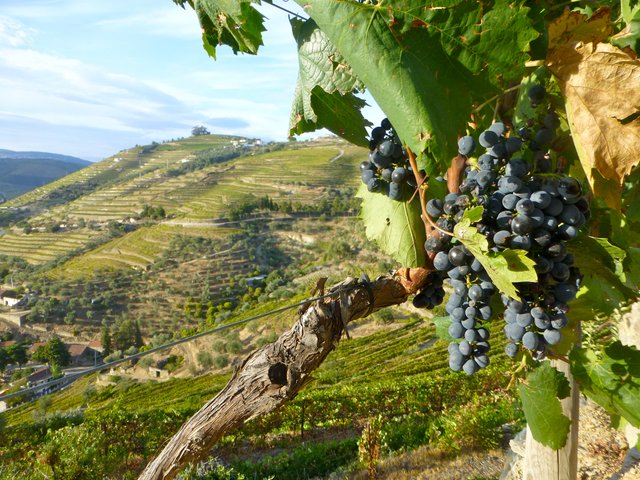
At a first glance, the landscape may seem as simple as vineyards alongside other vineyards. When analysed up close, the history of the Douro valley starts to unfold. At the entrance of the vineyards rose bushes are planted. But this tradition is more complexed then just beauty purposes. The rose bushes were used to detect any harm that may come to the vineyards. If a rose bush started to show some signs of sickness it alerted that some immediate action had to be taken to try and save the vineyards.
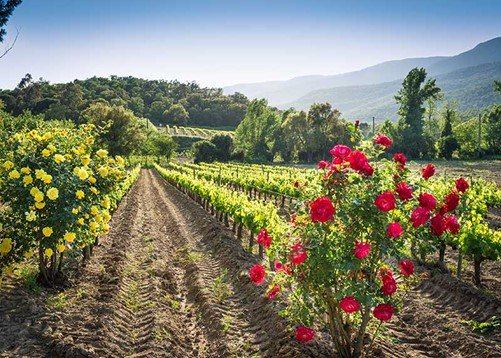
Another detail that may escape the untrained eye is the three different types of vineyards present in the Douro valley. They are as follows:
Socalcos or Terrace: The terraces were 'ripped' on the slopes, bottom up, the walls were built with stones taken from the ground, their height depended on the slope of the plot and the movement of the land to prepare the ground for planting was small. Planting density was around 3,000-3,500 plants / ha. These are the most antique and traditional vineyards in the Douro valley.
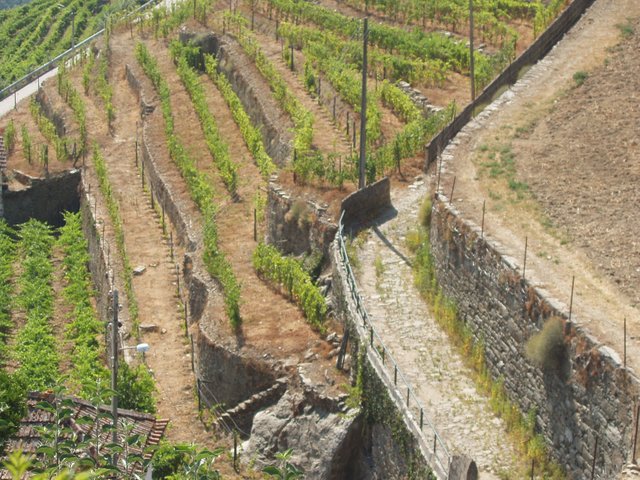
Patamares or Levels: The introduction of mechanization in the region required new ways of building the terrain. In the late 1960s and early 1970s, a new system emerged in the region. These are the horizontal slopes, with 1-2 rows of vines and with low planting densities, in the order of 3 000 - 3 500 plants / ha. Since it requires large parcels for its installation, it is a system that is not suitable for smaller zones.
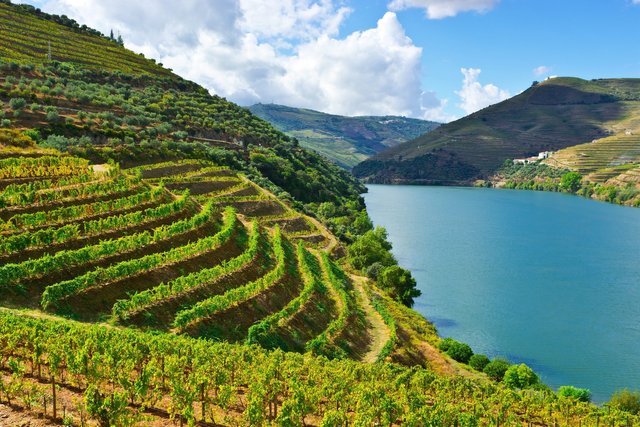
Vinha ao Alto or Vertical Vineyards: More recently, and as an alternative to the levels, the vineyards planted along the lines of greater slope of the land ('Vinha ao Alto') appear. With a planting density similar to that of the traditional vines, in the order of 4 500 - 5 000 plants / ha, this system has a good adaptation for small plots, being the work mechanized by the use of winches. The only problem is that this method only works on slopes with lower than 40 % incline.
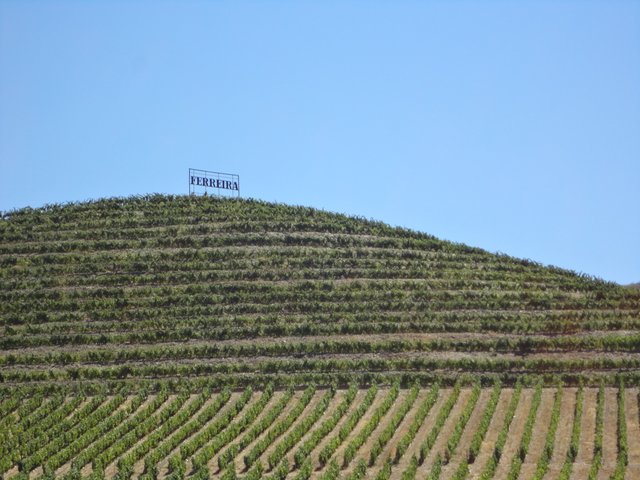
So as you see the Douro valley has a great history and extremely interesting details to appreciate the history of wine.
Don’t forget to upvote if you have enjoyed. Also feel free to comment any questions that you may have. Resteeming is also welcomed.
Grazas por poñer en valor os paises da #galeguia
Twitter
Telegram Steemit Galego Portugués
Steemit chat Portugués
Steem Center Wiki Portugués
Atoparás teu post en A Gazeta: Steemit en Galego Portugués Sábado 10 de Xuño
Escollemos teu artigo para formar parte do monográfico Porto: A cidade Patrimonio da Humanidade con vistas ó Río Douro
Grazas por poñer en valor os paises da fala da #galeguia
Twitter
Telegram Steemit Galego Portugués
Steemit chat Portugués
Steem Center Wiki Portugués
Steem Center Wiki Galego
Os posibles beneficios do post, serán repartidos 80% entre os artigos participantes na selección, e o 20% entre os comentarios relevantes ou que aproten valorde primeiro nivel recibidos no artigo.
Considera facer upvote no comentario para apoiar o noso Proxecto
Obrigadas!!!
By upvoting this notification, you can help all galician-portuguese speakers Steemit users